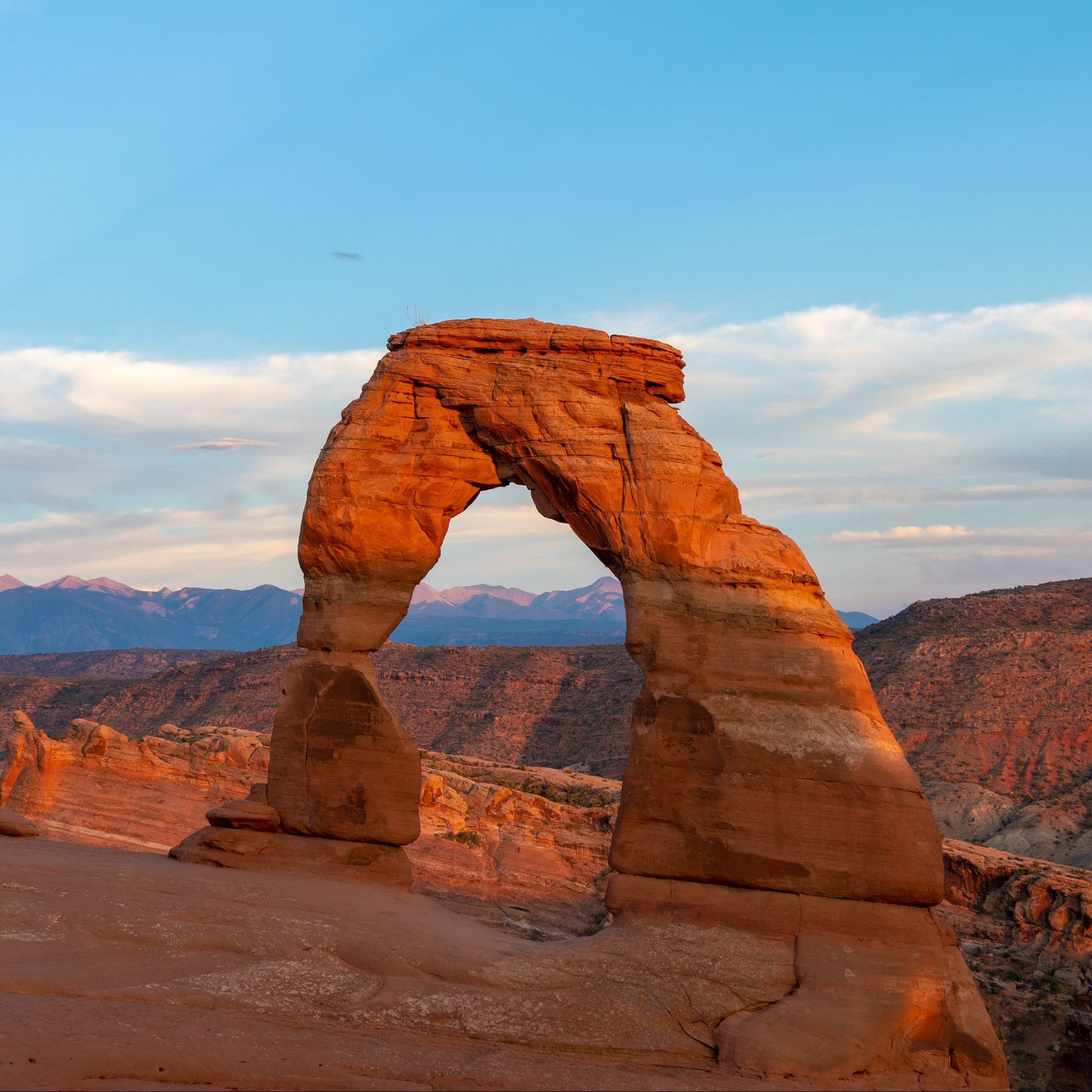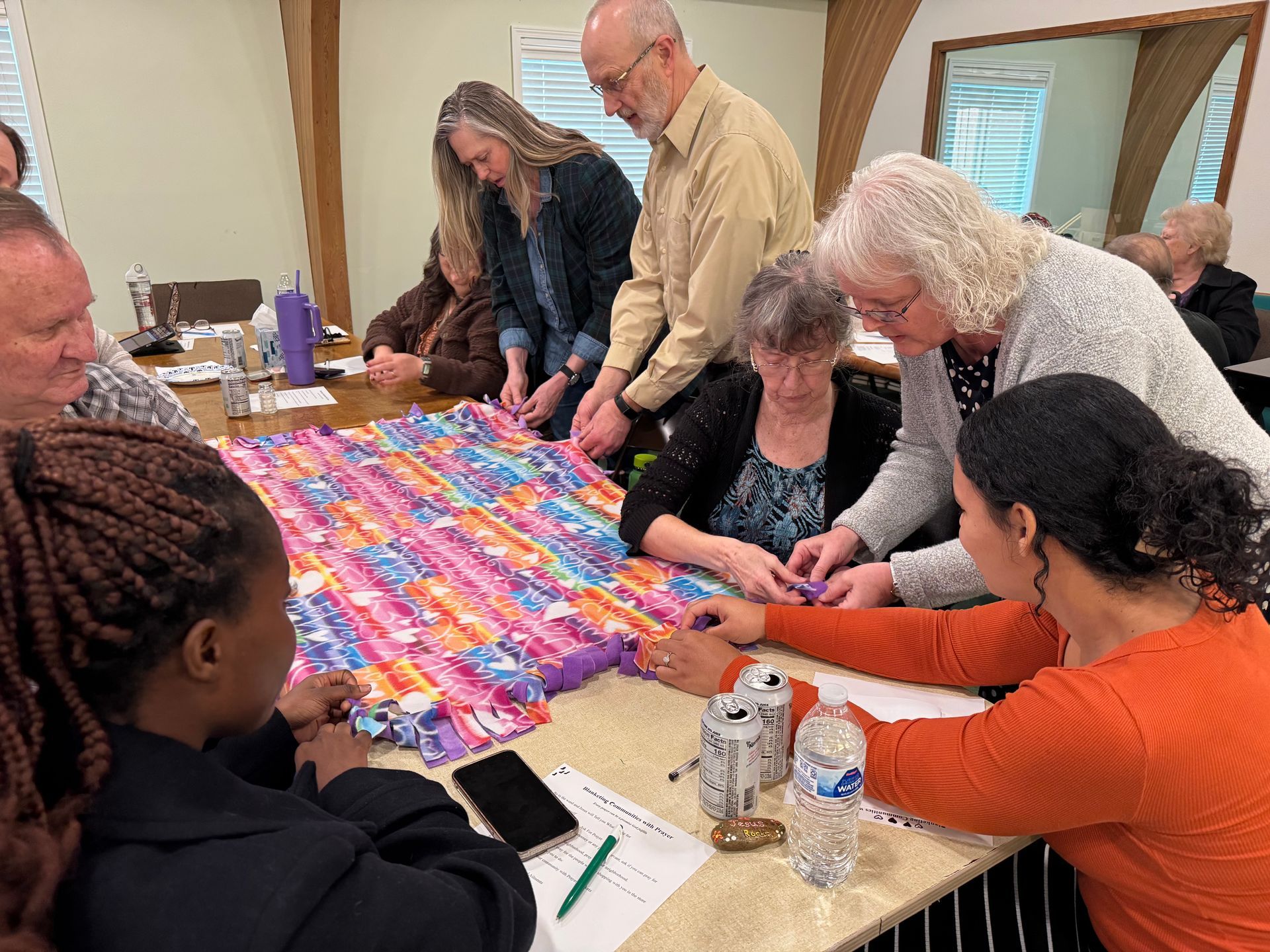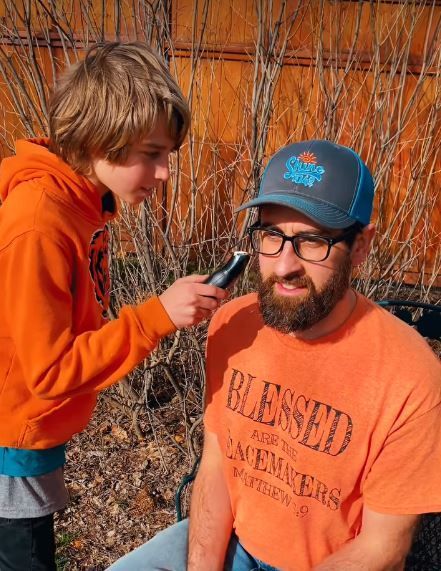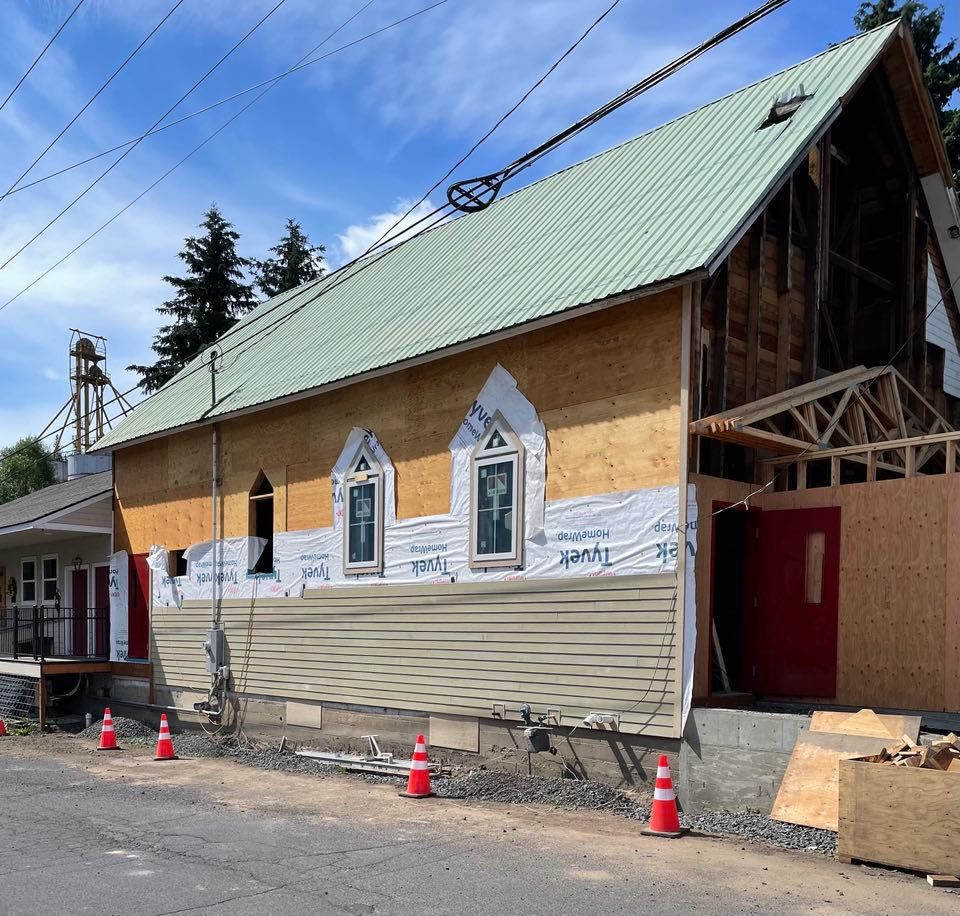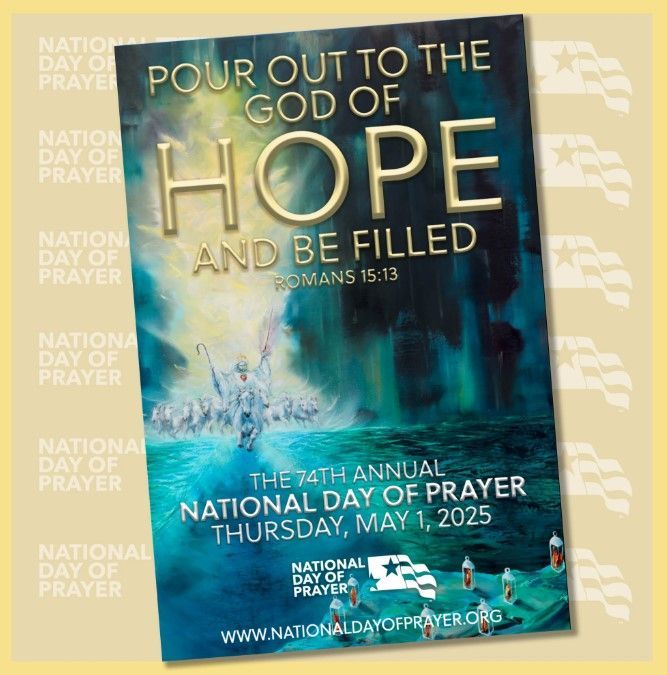Avoiding the Heat
Summer Health Tip #2: Heat is historically the top weather-related killer in the US and most of these deaths could have been avoided with a few simple steps.
By Cindy Williams, Rn
Coordinator, Health Ministries
My daughter and I were on a road trip from Colorado to Spokane when we had the opportunity to spend some time in Arches National Park. We stopped to take a quick look at something along the road on the way to the trailhead to Delicate Arch.
We jumped out of the car empty-handed and headed down a short trail. A park ranger immediately stopped us and sent us back to the car for our water bottles. I appreciated his concern and reminder even though we were not planning to be out of sight of the car.
The trailhead to Delicate Arch had a huge sign in the middle of the trail entry point warning people not to enter the trail unless carrying two liters of water per person. It also encouraged people to take other precautions to prevent illness. The hike is three miles round trip. Did I mention that it was the end of June and that it was well over 100 degrees?
Despite all the warnings, we saw multiple people hiking on the hot, rocky trail with no water with them. Quite a few also had their children along. Some were attempting to take advantage of the small amount of shade along the trail. It didn’t work well since there were no trees and the shrubs were, at the most, two feet high.
More than 1,500 deaths were considered heat-related in the United States in 2021. That is a 56% jump from 1,012 in 2018. Heat is historically the top weather-related killer in the US. I have seen multiple news reports during the last few weeks of heat-related deaths in Texas (more than 12), Arizona, Nevada, and Florida.
These deaths are not only from heat stroke in which the body loses its ability to control the body temperature and can’t cool down. Blood thickens and clots form more easily, causing blood pressure to rise and the heart to work harder. The kidneys must work harder too.
Most of these deaths could have been avoided with a few simple steps. Protect yourself by putting these into practice.
- Anticipate high temperatures so you can be prepared.
- Exercise early in the day or in the late evening. Avoid the middle of the day.
- Drink one gallon of water per day when you are active outdoors in the heat.
- Always carry at least two liters of water with you when you are hiking, biking, or other active pursuits.
- Wear loose-fitting, light-colored clothing and a broad brim hat.
- Rest frequently and, if possible, in the shade.
- Get wet.
- Eat salty snacks.
- Stop activity immediately and take measures to cool down if you begin to feel a headache, dizziness, nausea, vomiting, weakness, muscle cramps, or a significant change in the level of sweating.
References:
https://www.nhlbi.nih.gov/news/2022/extreme-heat-us-linked-increased-number-deaths
https://www.valuepenguin.com/heat-related-deaths-study
https://apnews.com/article/us-heat-wave-deaths-9205d9c93882ff84906c5846ef1a6d6d
https://www.scientificamerican.com/article/why-extreme-heat-is-so-deadly/



